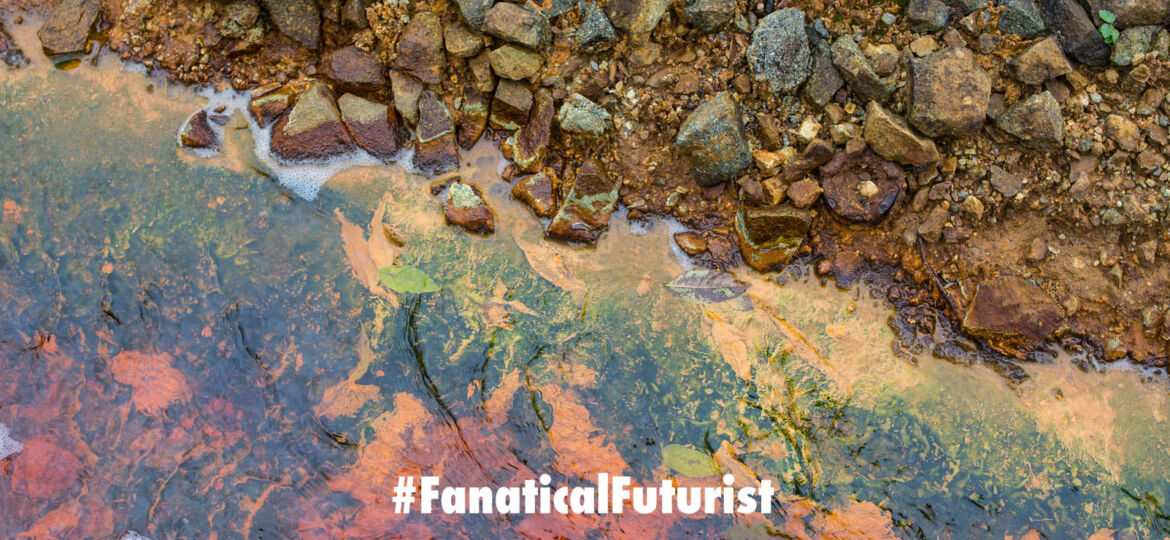
WHY THIS MATTERS IN BRIEF
As Earth’s waters become more polluted we need to find new ways of de-contaminating them as quickly and as sustainably as possible.
Interested in the future and want to experience even more?! Watch a keynote, grab a free book, read thousands of articles, and connect!
Bio-Hybrid Robots, that combine micro-organisms, as well as one day so called living materials, with inorganic components are something I’ve talked about before – as well as more obscure robots, including crystal robots, and DNA and Molecular Robots that are being used to create the world’s first true Molecular Assemblers, and self-evolving robots that can both evolve and self-manufacture themselves. And as our ability to design and develop an increasingly diverse array of robots increases so too do their forms and applications making the field increasingly exciting and varied.
Water is well known to be one of the world’s most precious resources. Without it, life as we know it would not exist, but today one of the key research challenges is finding new ways to remove pollution or contaminants from it in a fast and environmentally friendly way. And previous solutions have more often than not involved the use of slow or inefficient decontamination methods.
One alternative being proposed though was to accelerate the decontamination process by using small, mobile robots, but unfortunately these externally operated micro-robots don’t translate well into different environments because they’re limited by problems such as chemical fuels, short life spans, and tiny domains of operation.
So increasingly researchers are latching onto another robot based approach which is to incorporate a biological component, such as self-propelling micro-organisms, to create new types of bio-hybrid microrobots. But, again, these methods are limited as well, as most micro-organisms often only survive in delicate living conditions, which prevents them from being scaled up in areas where people want to use them.
Now though Professor Joseph Wang and his co-workers at the University of California have used the marine rotifer Brachionus as a robotic engine to create a biohybrid microrobot known as the ‘Rotibot’ – a self-propelling micro-cleaner robot that can both be scaled up and that can cope with the unenviable conditions found in these polluted aqueous environments.
Th Rotibot’s micro-organism “engine” has adapted over millions of years to efficiently harvest energy from its surrounding environment, such as puddles, rivers, lakes, or the ocean, and negatively charged cilia bands around the rotifer’s mouth allow for efficient movement and feeding by controlling the flow of fluids. The video above shows this process in action.
Wang and co-workers showed that positively charged microbeads introduced to the cilia surface accumulated under the rotifer’s lip, and different functionalisation of these microbeads let the team create a “tunable decontamination processes.” For example, functionalisation with different enzymes proved extremely useful for bio-degradation of Escherichia coli and the nerve agent methyl paraoxon. Alternatively, ligand modified beads were able to remove heavy metals like cadmium and lead from solution.
Also, notably, the decontamination in this case was performed in the absence of external mixing or harmful fuels, with relatively high speeds and at a low cost, making the Rotibot a promising solution for large-scale environmental clean ups in the future – provided, of course, that they can pass the regulators and critics scrutiny.

















